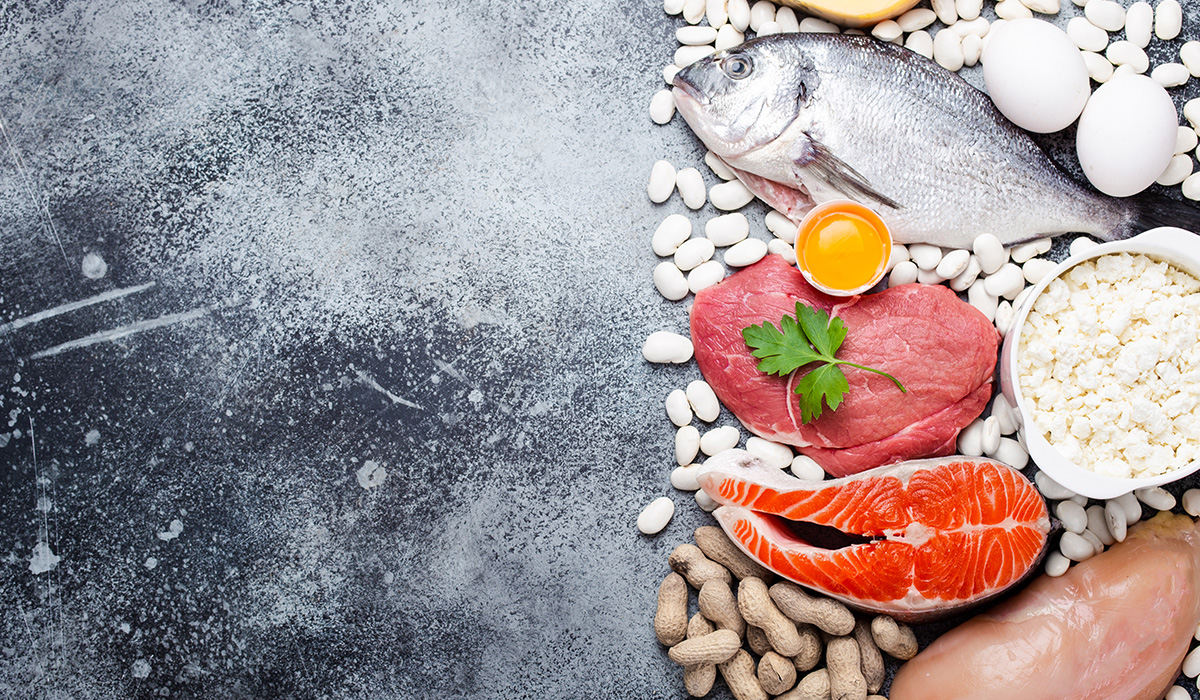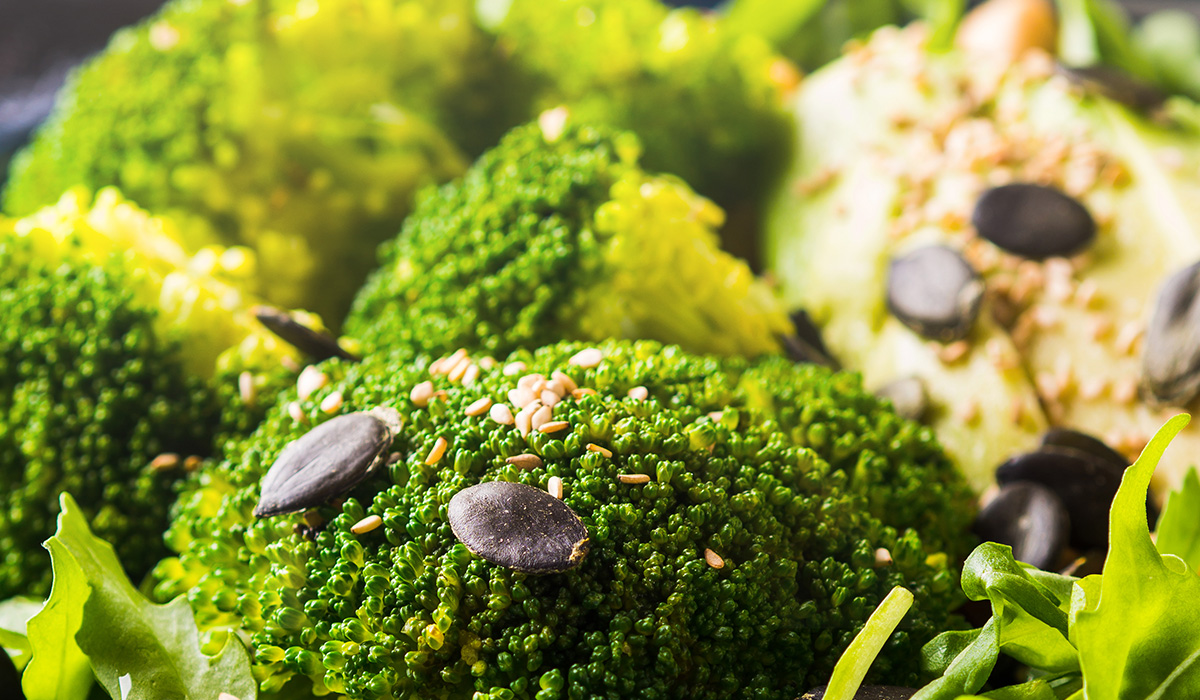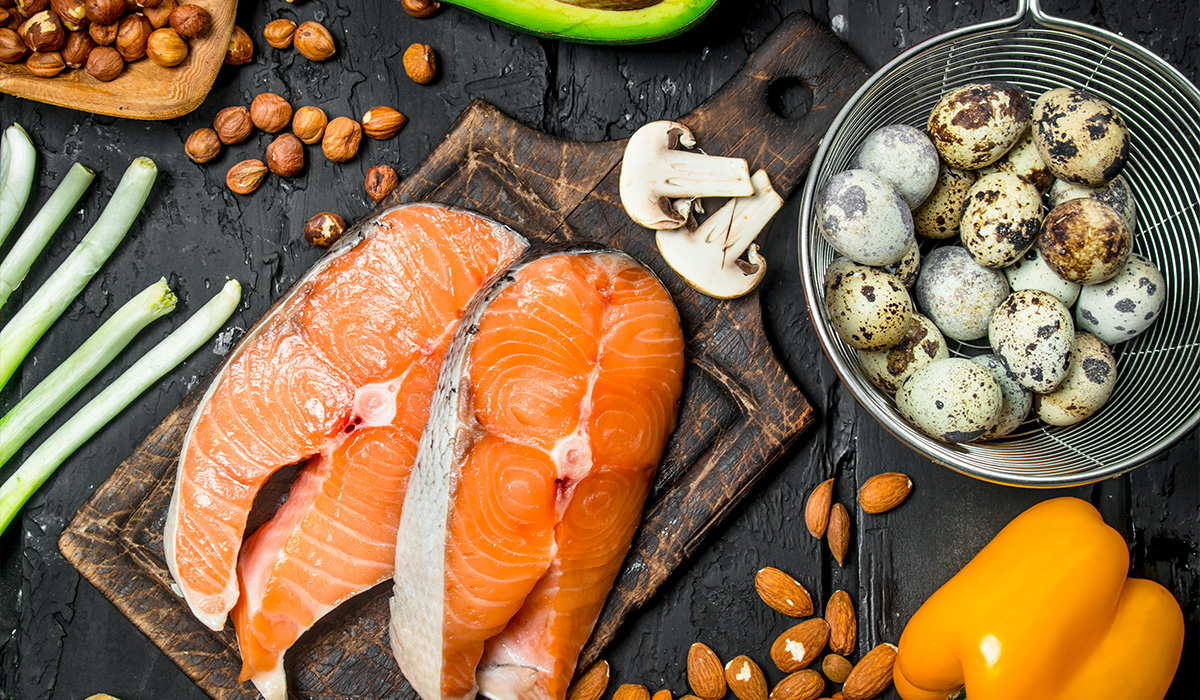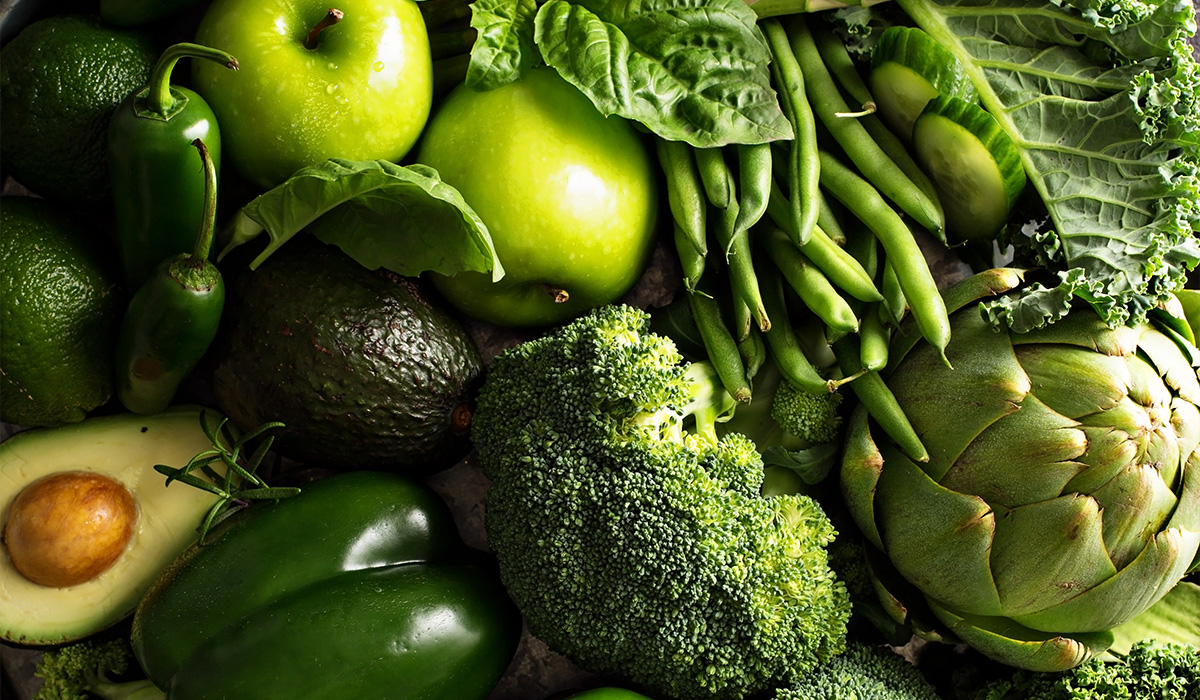Vitamin B7, also known as biotin, is a water- soluble B vitamin that plays a crucial role in various metabolic processes in the body.
Biotin is essential for the metabolism of carbohydrates, fats, and proteins, and it also contributes to healthy hair, skin, and nails. Biotin is found in a variety of foods, and deficiency is rare because it is widely available in the diet.
Dietary sources include:
- Eggs: Especially the egg yolk. Meats: Liver and other organ meats contain biotin.
- Dairy Products: Milk and cheese.
- Nuts and Seeds: Almonds, peanuts, and sunflower seeds.
- Leafy Greens: Spinach and Swiss chard.
- Legumes: Beans, lentils, and soybeans.
Energy Metabolism: Biotin is a coenzyme that assists in the conversion of macronutrients from food into energy.
Hair, Skin, and Nail Health: Biotin is often associated with promoting healthy hair, skin, and nails.
Synthesis of Fatty Acids: Biotin is involved in the synthesis of fatty acids, which are important for various cellular processes.
Cell Growth and Repair: Biotin plays a role in cell growth and repair, particularly in maintaining the health of the skin.
RDA
- Male – 30mcg
- Female – 30mcg










